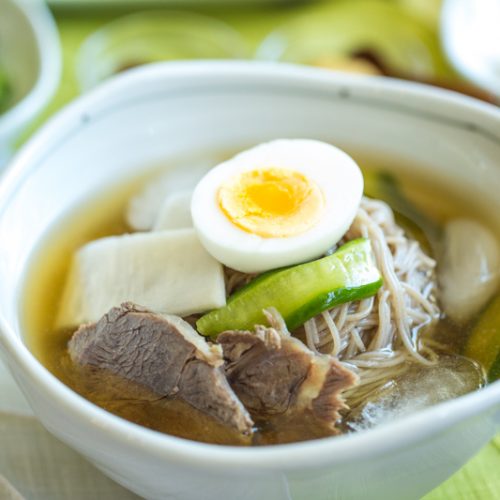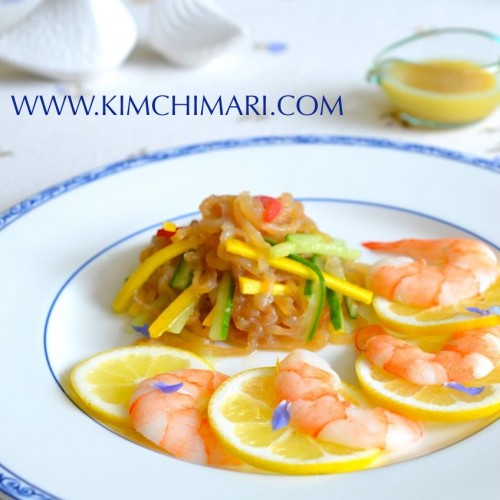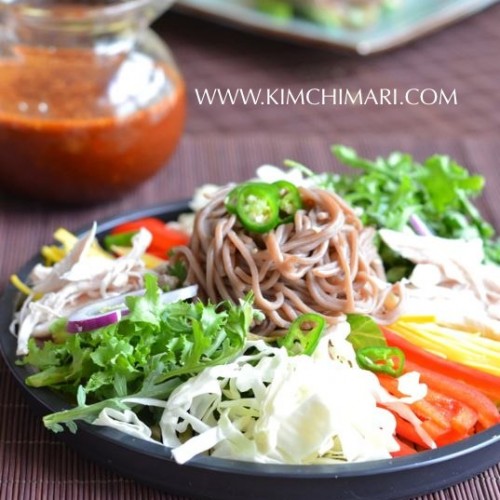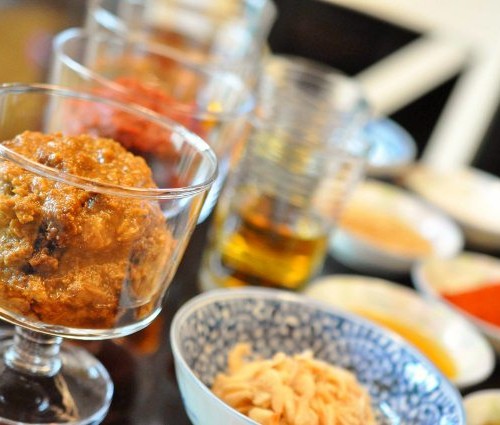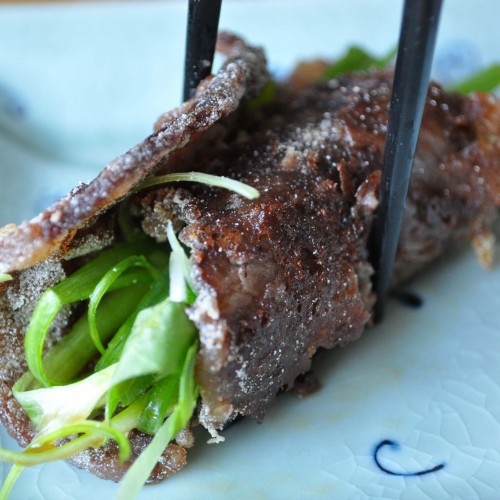What is Korean Hot Mustard (Gyeoja) ?
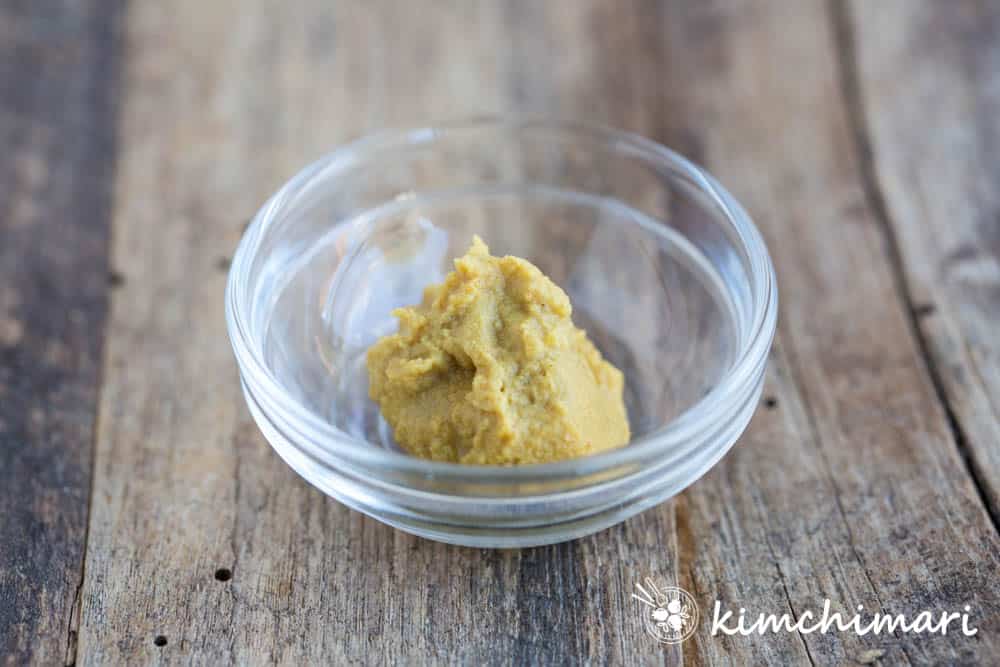
Hot Mustard (Gyeoja 겨자) is made from powder obtained from grinding mustard seeds. The mustard is a brighter yellow color and is quite strong and spicy compared to the common American yellow mustard.
It either comes in a tube paste form or you can buy the powder and mix with warm water into a paste like this one -
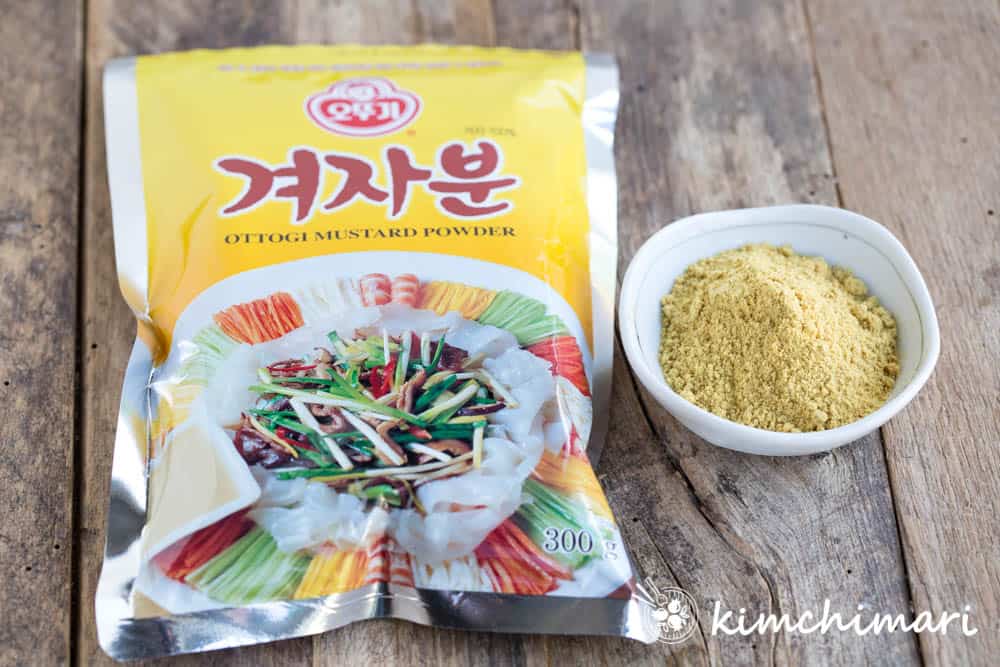
It is used as a condiment or to add some heat to cold dishes, such as mustard-flavored cold vegetable dishes (gyeoja chae or Naengche) and in sauce for cold noodles (Naengmyeon). You can buy prepared mustard (연겨자, yeon gyeoja) which is sold in tubes at Korean grocery stores.
Not To Be Confused With
American yellow mustard. Oriental or Korean Hot mustard is a lot spicier than the American one.
Where and What To Buy
Asian or Korean grocery stores, Amazon.
Hot mustard comes in 2 forms:
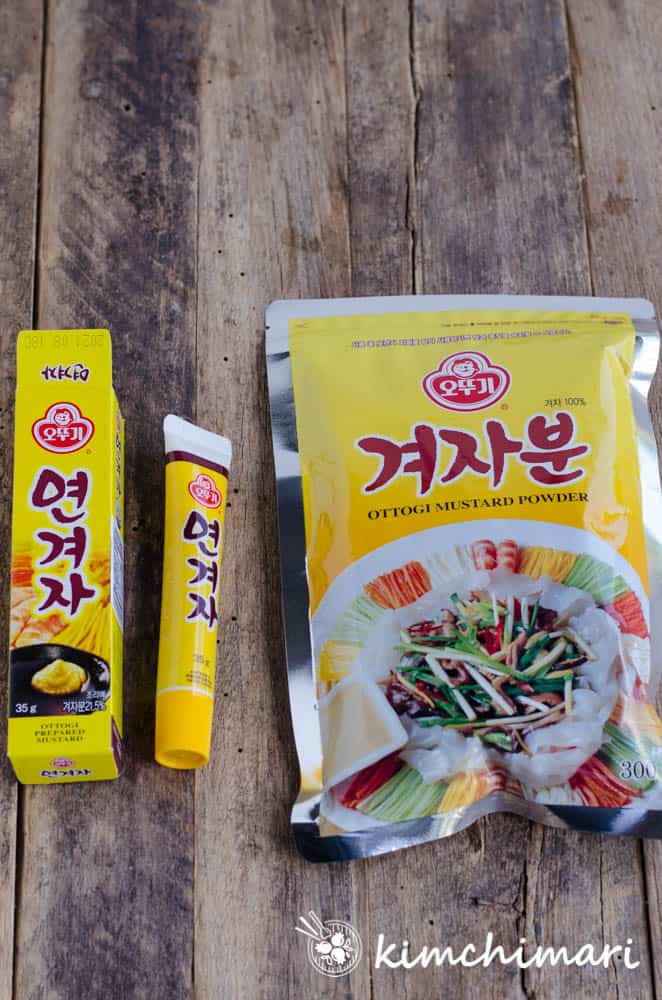
LEFT - Ottogi Yeongyeoja 오뚜기 연겨자 in Tube or CJ are 2 common brands. They are convenient because you can use them right away but note that this is not 100% mustard but a mixture of mustard, sugar, corn oil, turmeric and flavor enhancers. So, be sure to adjust the recipe when using this because my recipes assume 100% mustard.
RIGHT - Ottogi Hot Mustard Powder 오뚜기 겨자분 package. This is 100% mustard powder which means there's no sweet flavor but just pure spicy mustard. Ottogi is the most common and good one to buy. CJ or other brands may exist and probably is not much different as long as it's 100% mustard powder.
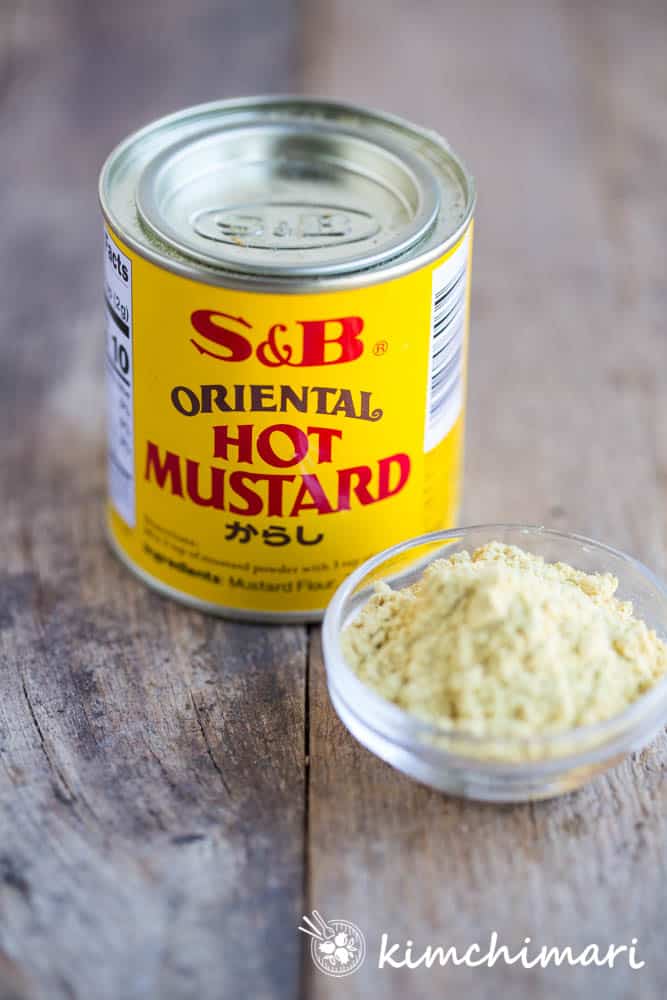
Optionally, you can also buy the S&B Hot Mustard can powder (pic above) - which is Japanese but it's similar to Korean ones. I buy this often because it has a smaller amount.
How to Use/Cook
When using the powder, mix it with some warm water, let it stand a few minutes for the full flavor to develop before using it in your dish. The Ottogi powder package says 2:3 powder:water ratio and that works well if you are making it as a condiment for Naengmyeon but for other sauces, I find it a bit too watery. So I like to do 1:1 and adjust the water amount later.
It is used in mustard-flavored cold vegetable dishes (gyeoja chae or Naengche) and as a condiment cold noodles (Naengmyeon) or Chapssal Bulgogi.
How to Clean/Store
Store in a similar way to other spices and seasonings. Preferably in a cool, dry place away from direct sunlight.
